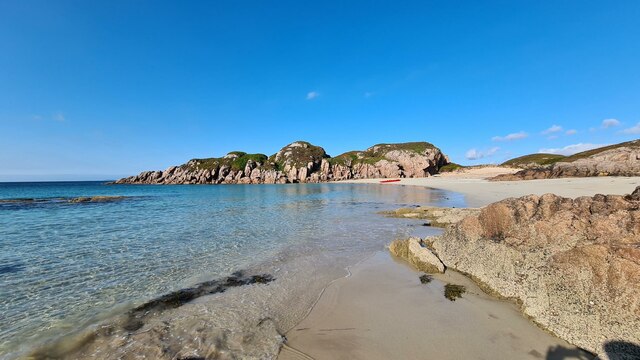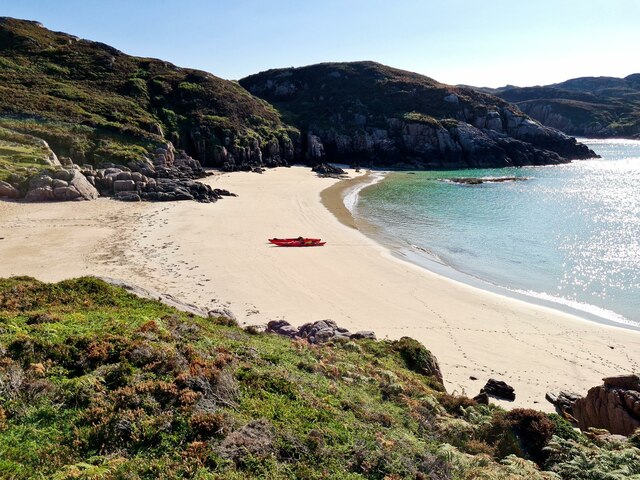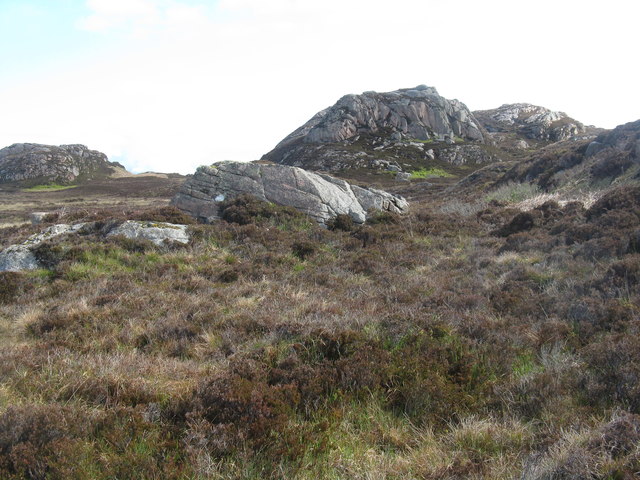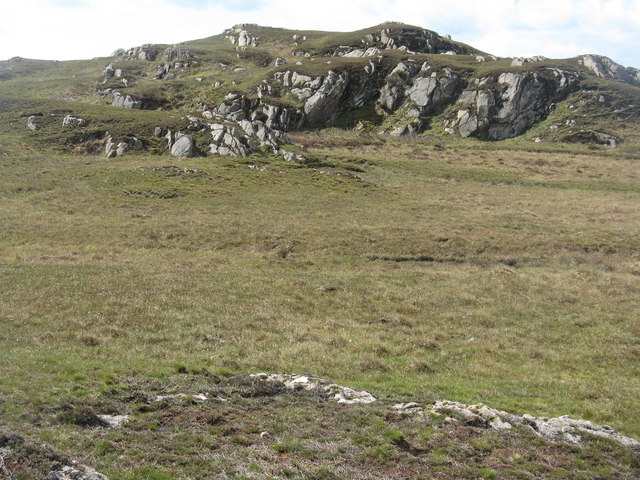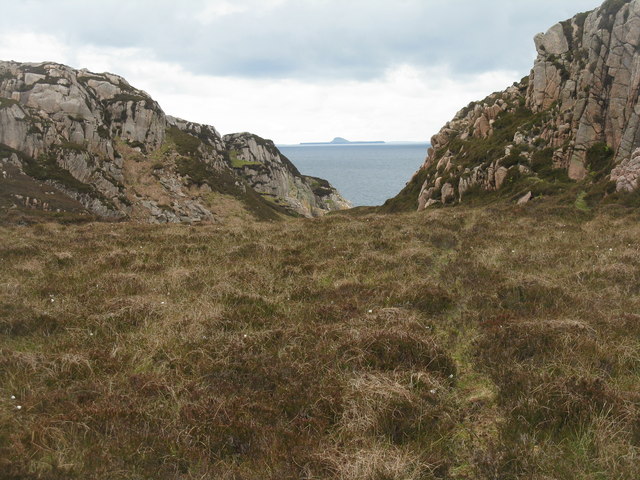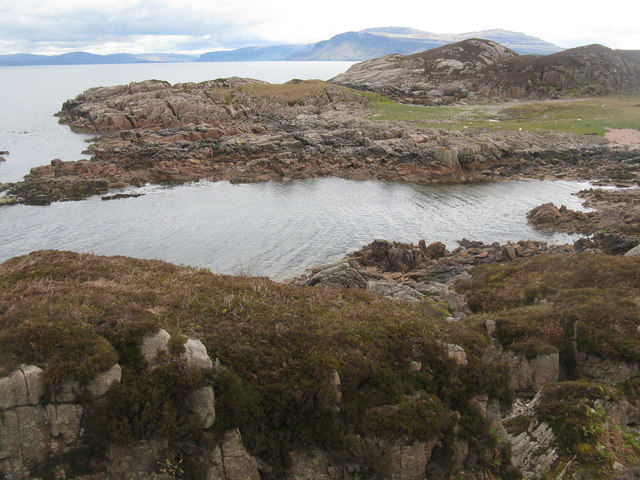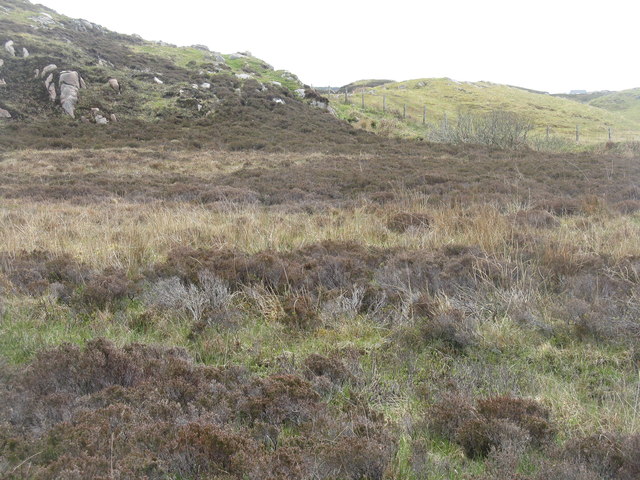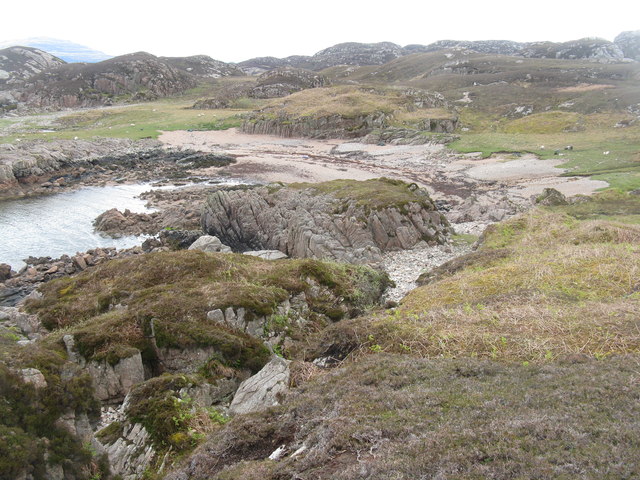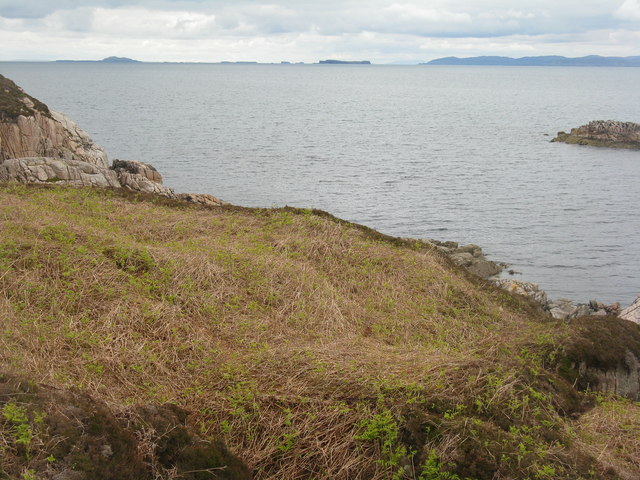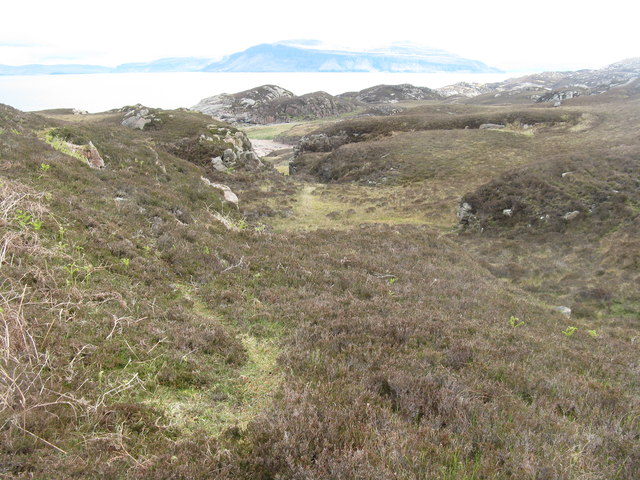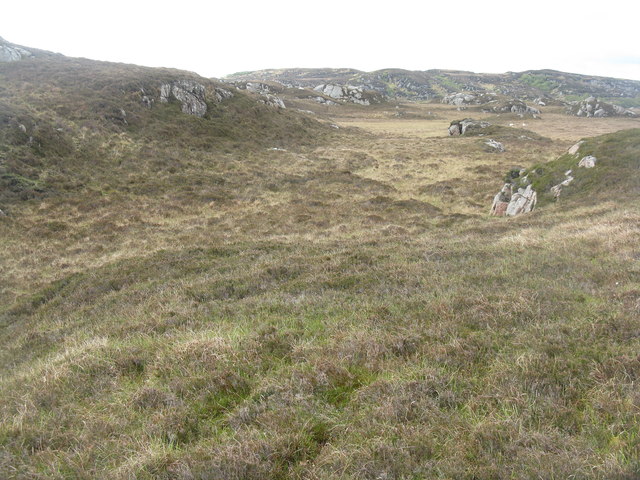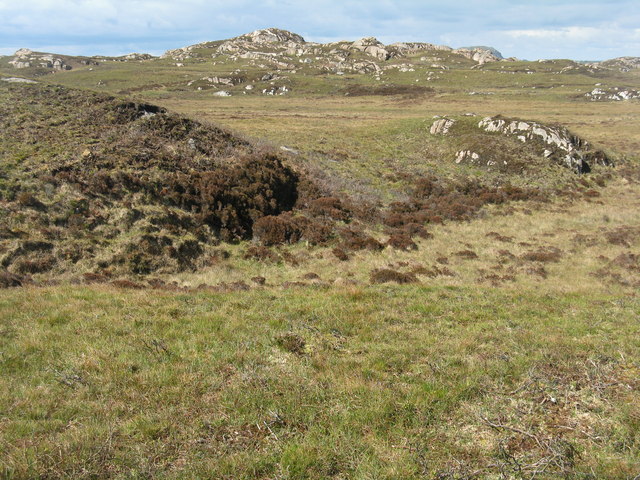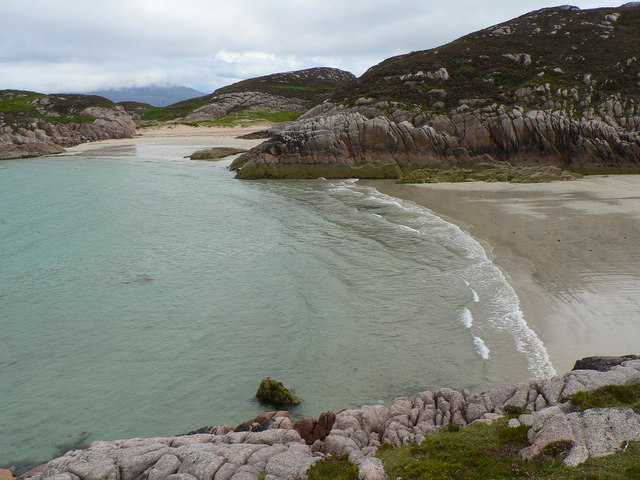Eilean nan Aighean
Island in Argyllshire
Scotland
Eilean nan Aighean
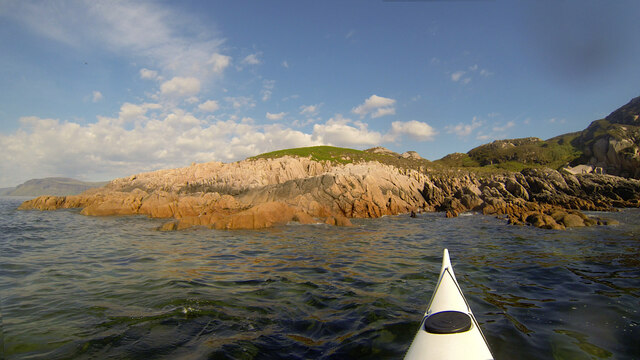
Eilean nan Aighean is a small island located off the west coast of Scotland in Argyllshire. With a total area of approximately 0.5 square kilometers, the island is situated within the Firth of Lorn, near the town of Oban. The name Eilean nan Aighean translates to "Island of the Shallows," which is a fitting description considering the island's rocky coastline and shallow waters.
The island is mostly uninhabited, with only a few scattered cottages and a lighthouse located on its eastern side. The lighthouse, built in 1833, serves as a navigational aid for ships passing through the treacherous waters of the Firth of Lorn. Its distinctive white tower stands tall, providing a beacon of light to guide sailors safely.
Eilean nan Aighean is known for its rugged natural beauty. The island is covered in a mixture of grassy meadows, heather, and rocky outcrops. Wildlife enthusiasts will find a variety of seabirds nesting on the cliffs, including guillemots, razorbills, and puffins. The surrounding waters are also home to seals, dolphins, and occasional sightings of whales.
Access to Eilean nan Aighean is primarily by boat, with no regular ferry service available. Visitors can arrange private boat trips or join organized tours to explore the island. The tranquil atmosphere and breathtaking scenery make it a popular destination for nature lovers, birdwatchers, and photographers.
Overall, Eilean nan Aighean is a picturesque island off the coast of Argyllshire, offering a peaceful retreat and a chance to immerse oneself in the raw beauty of Scotland's rugged coastline.
If you have any feedback on the listing, please let us know in the comments section below.
Eilean nan Aighean Images
Images are sourced within 2km of 56.3431/-6.3082617 or Grid Reference NM3325. Thanks to Geograph Open Source API. All images are credited.

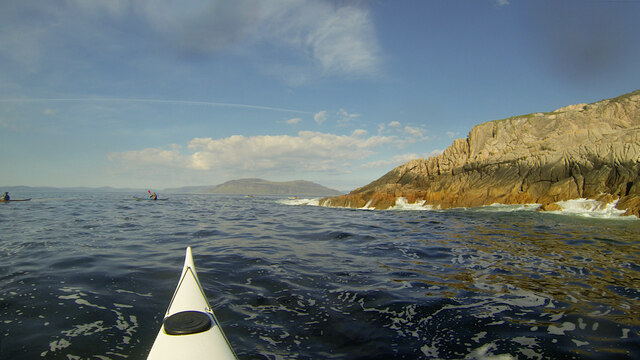
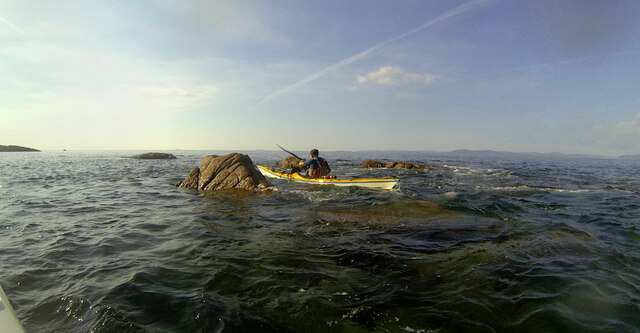
Eilean nan Aighean is located at Grid Ref: NM3325 (Lat: 56.3431, Lng: -6.3082617)
Unitary Authority: Argyll and Bute
Police Authority: Argyll and West Dunbartonshire
What 3 Words
///plant.demotion.ships. Near Fionnphort, Argyll & Bute
Related Wikis
Camas Tuath
Camas Tuath (Scottish Gaelic: north bay) is an inlet bay on the Ross of Mull. The bay has two small tidal islands and two Quarrymans' Cottages which the...
Kintra
Kintra (Scottish Gaelic: Ceann na Tràgha), literally "country" in Scots is a settlement on the North-Western coast of the Ross of Mull, Scotland. The settlement...
Aridhglas
Aridhglas is a village on the Ross of Mull, Isle of Mull in Argyll and Bute, Scotland. == References ==
Fionnphort
Fionnphort (English: , Scottish Gaelic: [ˈfjun̪ˠafɔrˠt̪]) is the principal port of the Ross of Mull, and the second largest settlement in the area (its...
Nearby Amenities
Located within 500m of 56.3431,-6.3082617Have you been to Eilean nan Aighean?
Leave your review of Eilean nan Aighean below (or comments, questions and feedback).
